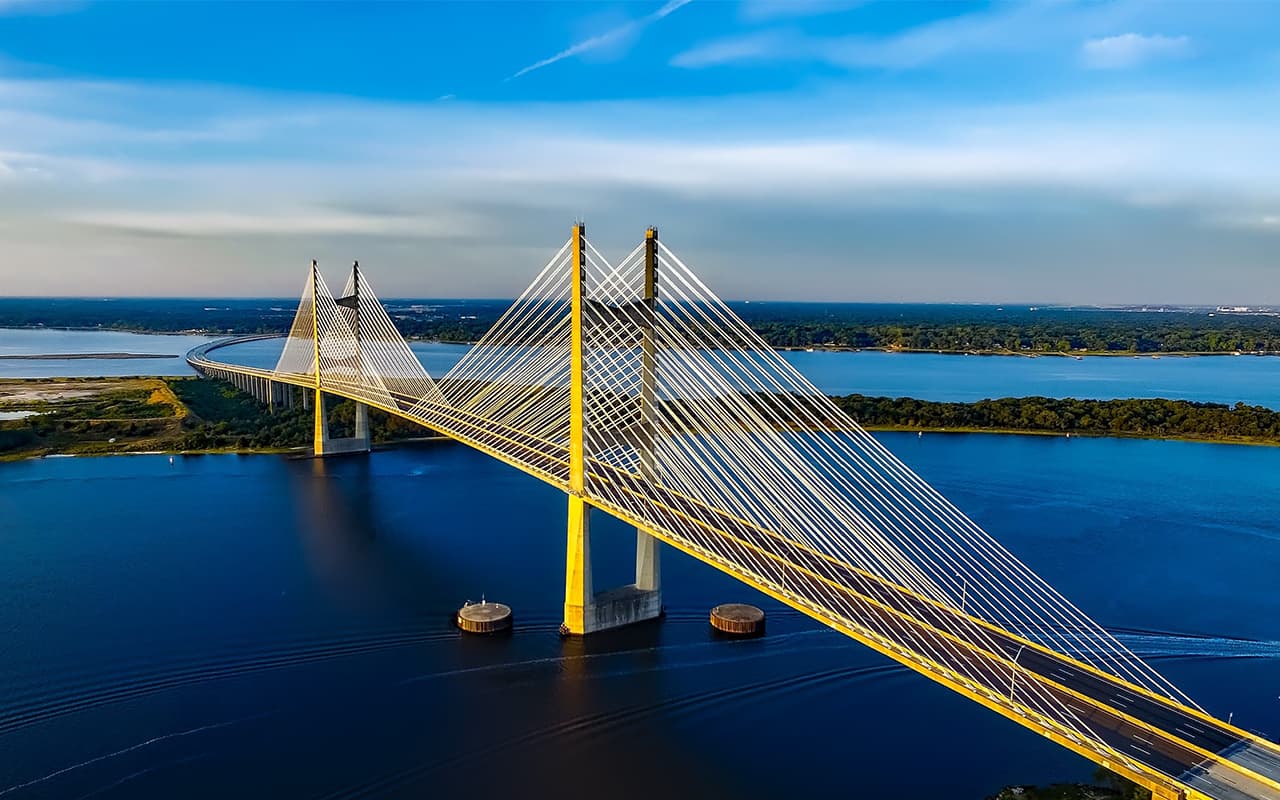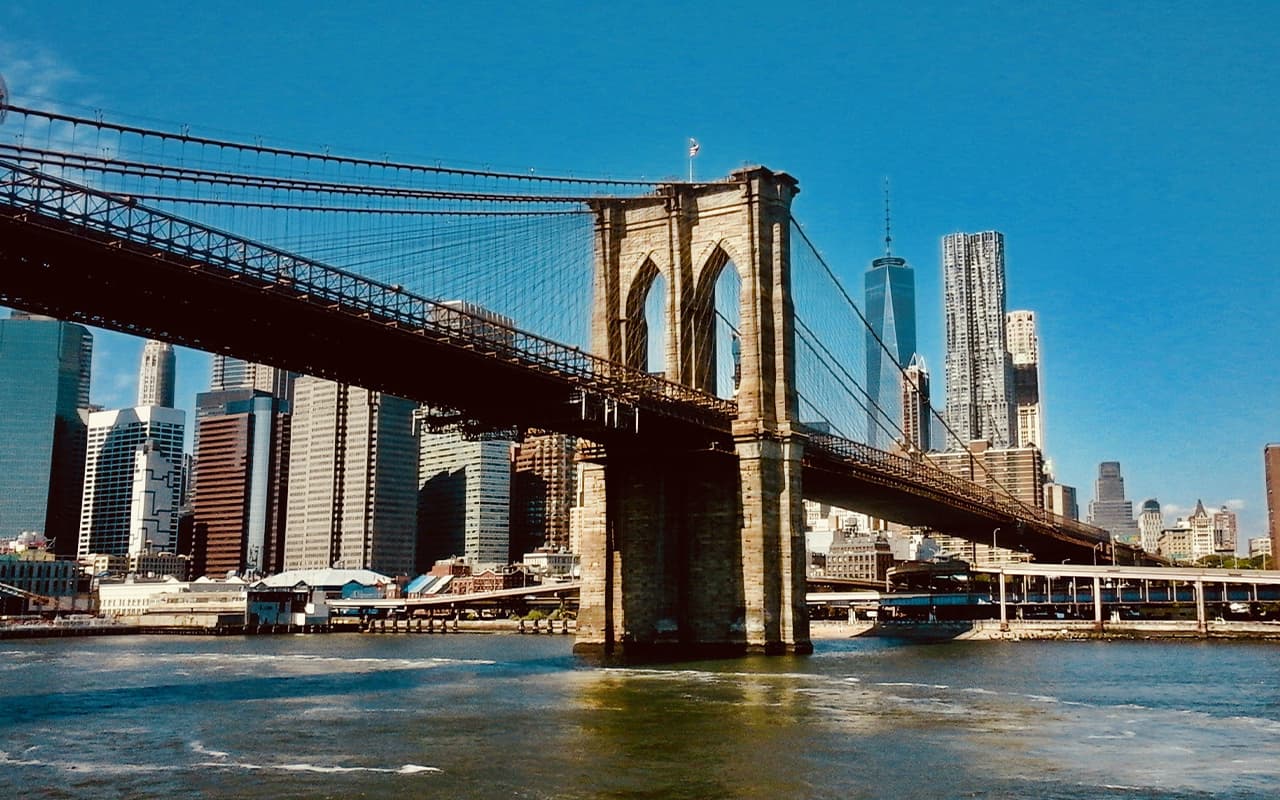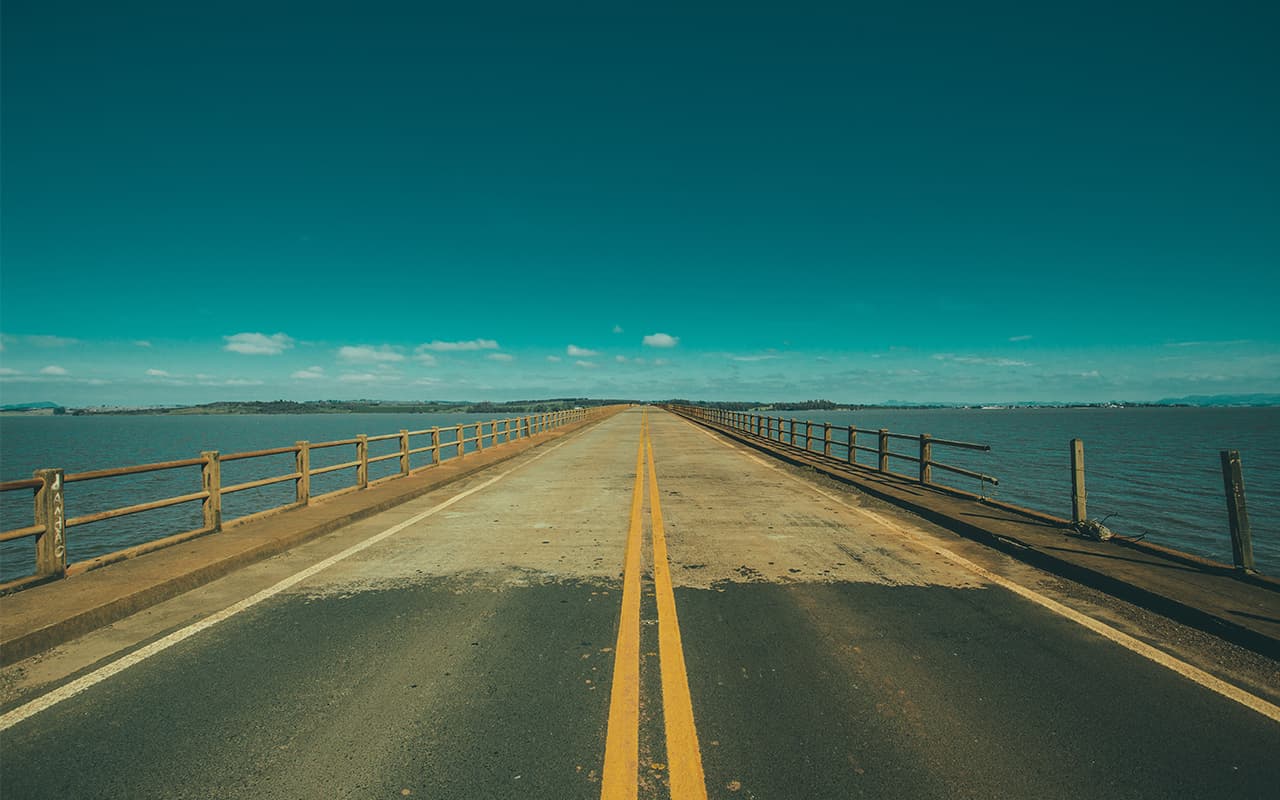During 1933 and for many years thereafter, San Francisco Bay would be the scene of two huge bridge construction projects. One bridge would run north and south near the mouth of the Golden Gate itself. The other will run roughly east and west across much of the San Francisco Bay, from the city of San Francisco to Oakland, and will be one of the most challenging engineering tasks ever undertaken.
The Golden Gate Bridge has already begun and will cost approximately $35,000,000. San Francisco lies on top of a northward-stretching peninsula stretching between San Francisco Bay and the ocean, and this new bridge continues the peninsula line across the narrow and deep Golden Gate to the north shore, currently relatively uninhabited.
Construction on the second Bay Bridge will begin in March and is expected to be open to traffic in about five years. It stretches from a location at the foot of Market Street, San Francisco, to Yerba Buena Island in the center of the harbor (commonly known to San Franciscans as “Goat Island”). At this point, traffic will pass through a tunnel bored through a hill on the island, turn left at a slight angle, and continue across the rest of the bridge to the mainland in Oakland. The total length of the bridge will be seven miles, of which four and a half will be over water. Between San Francisco and Yerba Buena Island, there is a stretch of 9,000 feet above deep water. It will be spanned by two huge suspension bridges, the ends of which will be anchored to a huge concrete pier shared between them.
The clearance at this point will be 214 feet, which will give enough room for ships to pass. There is a 1400-foot-long cantilever bridge between the island and the Oakland mainland; the rest of the bridge is located over shallow water, and this part does not cause engineering problems.
The bridge will have two roadways located one above the other. The upper one will have six lanes for vehicular traffic and two for pedestrians. The lower one will have three lanes for trucks and two for electric trams.
The bridge will use 180,000 tons of steel with 67,000 miles of three-sixteenths of an inch thick steel wire strands woven into cables. 1,500,000 barrels of cement will be used on the bridge approaches and in the large deep-water pier.
The San Francisco Bay Bridge is being built largely with federal funds loaned by the Redevelopment Finance Corporation, a fact that played an important role in the recent election campaign. Mr. Hoover is a Californian, and Democrats claim that the Reconstruction Finance Corporation was pressured to make the loan before the election in the hope that public opinion in the state would swing back to the Republicans. Whatever the facts about the bridge, California voted overwhelmingly for Mr. Roosevelt.




